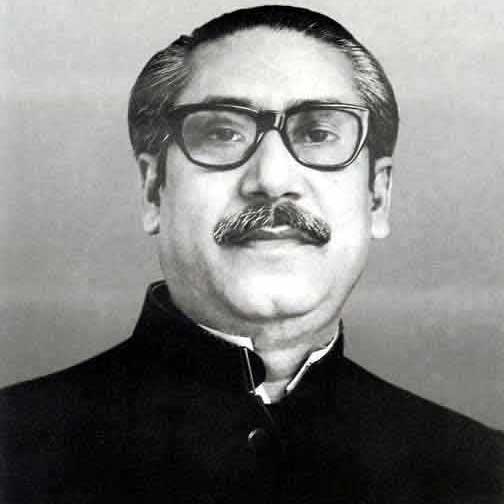Development of 6Minute walk test (6MWT)
The six minute walking test (6MWT) was developed by the American Thoracic Society and it was officially introduced in 2002, coming along with a comprehensive guideline.
What is 6MWT:
The 6 Minute Walk Test is a sub-maximal exercise test used to assess aerobic capacity and endurance. The distance covered over a time of 6 minutes is used as the outcome by which to compare changes in performance capacity.
What is the 6-minute walk test for COPD?
The 6MWT is a tool for assessing people with COPD, and it can provide you important information either as one-time measure of your functional health or as a before-and-after measure to see how well a treatment plan is working.
Intended Patients:
The 6MWT can be used in preschool children (2-5 years), children (6-12 years) adults (18-64 years), elderly adults (65+) with a wide range of diagnoses including. The test was initially designed to help in the assessment of patient with cardiopulmonary issues. Gradually, it was introduced in numerous other conditions. It evaluates the functional capacity of the individual and it provides valuable information regarding all the systems during physical activity, including pulmonary and cardiovascular systems, blood circulation, neuromuscular units, body metabolism, and peripheral circulation.
What is the six-minute walk test (6mwt) in pulmonary function testing?
The six-minute walk test (6mwt) is a test that can aid in assessing the functional capacity of patients with cardiopulmonary disease. The patient is instructed to walk as far as possible on a straight track, ideally 100 feet in length. Patients are advised that they can set their own pace and can pause to rest, if needed, but should resume walking as soon as they are able. If the patient does pause to rest, the elapsed timer for the test continues. Obtaining the total distance walked (six-minute walk distance [6mwd]) is the primary objective of the test, although the estimation of arterial oxygen saturation by pulse oximeter and the patient’s assessment of dyspnea and fatigue during the walk are typically collected. The test is increasingly used as a clinical tool, with reference equations now available for predicting a normal 6mwd and lower limit of normal. The minimum clinically important difference (MCID) for the 6mwd is 30 m in patients with IPF, PAH, or COPD.


